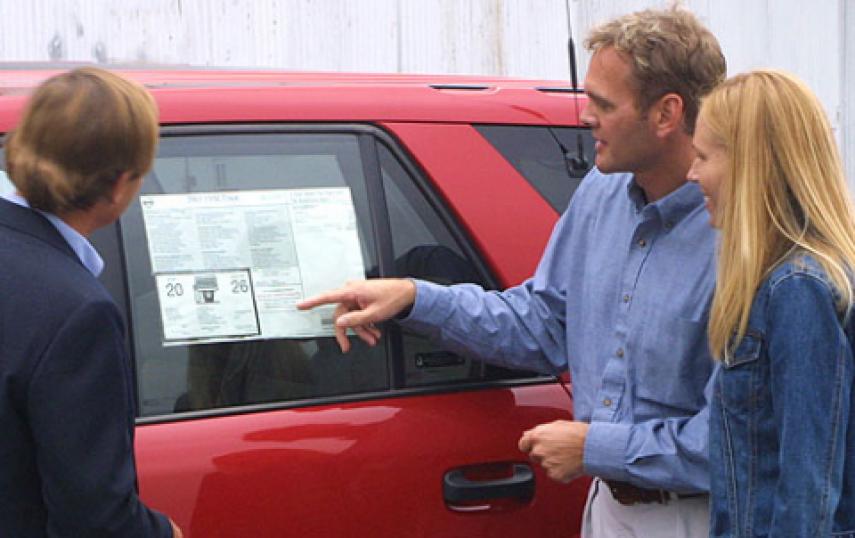
When it is time to get a new vehicle, there are three potential ways for you to pay for it. The first, paying in cash, is not a very common method, just because of the large amount needed to buy a vehicle. Even when a purchaser might have such a large sum, it is typically tucked away in less liquid investments. Moreover, when you consider the difference between the return on investment and the cost of borrowing, it might not even make financial sense to pay in cash. The other two options, buying a vehicle or leasing it, are both ways to finance the cost of the car. Each has its pros and cons, and the best choice for you depends on your situation.
What does buying a car entail?
When you buy a car, you become the owner listed on the title. If you use a loan to finance the purchase, your lender is also listed on the title as holding a lien, which is a right to ownership until the loan is paid off. The process of buying a car involves making a down payment, usually of several thousand dollars, and then financing the rest of the purchase with a loan. Traditional auto loans have terms of 36 to 60 months, but recently, 84-month auto loans have gained in popularity.
Advantages of buying a car
- Lower costs over the life of the vehicle because payments are limited to the term of the loan
- Ability to personalize the car's interior and exterior in permanent ways
- Eventually own an asset with value, which can be sold to help purchase next car
- No mileage limitations or additional charges for high mileage use
- No need to worry about minor damage, like exterior dents or interior damage from kids or pets
- Flexibility to sell the car whenever is convenient, rather than being locked into a lease
- Ideal for people who will drive a car for many years, reaping the benefit of owning a vehicle with no monthly payments
What is a car lease?
Think of a car lease like a long-term rental agreement, often lasting 36 months. The leasing company continues to own the car you drive, but you pay a monthly fee for the right to use it. After the lease is over, you must return the car to the dealership in like-new condition, except for ordinary wear and tear. A lease also usually includes a mileage allowance, typically of 12,000 miles per year. If you cause damage to the car or go over the mileage allowance, the leasing company will charge you when the lease is over. Typically, mileage charges are assessed on a per mile basis, so going well over the mileage limit can be a costly expense when you turn in the leased vehicle. Financially, the monthly cost is based on how much the car's value will drop during the leasing period, plus a financing charge that is like being charged interest.
Advantages of leasing a car
- Low monthly cost allows people on a limited budget to drive a more luxurious car than could be otherwise purchased
- Initial costs are low because no down payment is needed
- Very low maintenance costs because the car is typically under warranty during the lease term
- Low hassle to switch to another car when the current lease ends, rather than dealing with the paperwork of selling or trading in a purchased car
- Ideal for people who like to drive a new car every few years
Buying a car has its advantages and disadvantages. Leasing a vehicle have them as well. The key to making the best decision for yourself is in determining what factors are most important to you and using the method that is most appropriate to help you reach your goals and priorities.